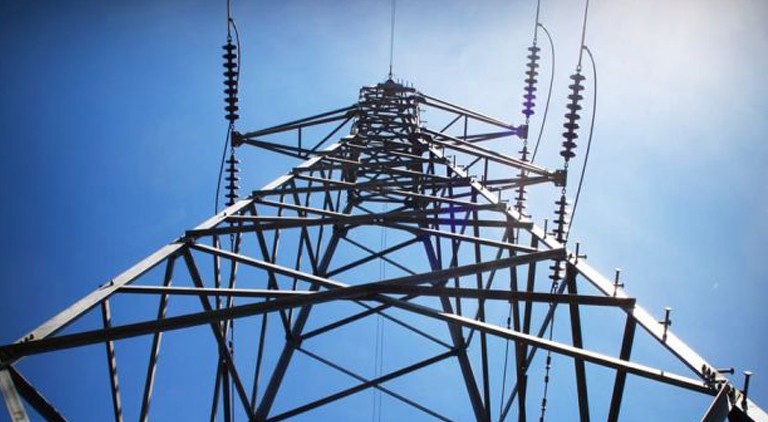Overview of Installation and Commissioning of Switchgear and Transformer Services
The installation and commissioning of switchgear and transformers are critical processes in the electrical power industry, ensuring that these essential components operate safely and efficiently. This comprehensive guide outlines the key steps, procedures, and considerations involved in providing installation and commissioning services for switchgear and transformers.
Importance of Installation and Commissioning
Safety and Compliance
Proper installation and commissioning are vital for ensuring safety standards are met, minimizing risks of electrical failures, and ensuring compliance with industry regulations. The procedures involved help to identify potential issues before the equipment is put into operation.Operational Efficiency
Efficient installation and commissioning ensure that transformers and switchgear operate at optimal performance levels, which is crucial for maintaining the reliability of electrical systems. This process includes thorough testing to verify that all components function as intended.
Installation Process
1. Site Preparation
Before installation begins, a thorough site assessment is conducted. This includes:
- Foundation Preparation: Ensuring that the foundation is suitable for the weight and dimensions of the transformer or switchgear.
- Transportation Logistics: Planning for the safe transport of equipment to the site, considering access routes and handling requirements.
2. Equipment Placement
Once on-site, careful placement of transformers and switchgear is critical:
- Positioning: Equipment must be positioned according to design specifications, ensuring correct orientation for high-voltage and low-voltage sides.
- Protection Measures: Protective measures should be taken to prevent damage during lifting and placement, such as using padding to protect sensitive components.
3. Connection Work
After placement, the next step involves making electrical connections:
- Wiring: All necessary wiring must be connected according to schematic diagrams.
- Grounding: Proper grounding techniques must be employed to ensure safety against electrical faults.
4. Installation of Accessories
Transformers often require additional accessories such as:
- Cooling Systems: Installation of cooling systems to maintain operational temperatures.
- Control Panels: Setting up control panels that monitor performance metrics.
Commissioning Process
1. Pre-Commissioning Checks
Prior to energizing the equipment, comprehensive checks must be performed:
- Visual Inspections: Inspect all connections, ensuring there are no loose wires or physical damages.
- Functional Tests: Conduct functional tests on auxiliary devices (e.g., relays) to ensure they operate correctly.
2. Electrical Testing
Electrical tests are critical for verifying system integrity:
- Insulation Resistance Testing: Measure insulation resistance between windings and earth using a megohmmeter.
- Winding Resistance Measurements: Check resistance values against manufacturer specifications using a DC resistive bridge.
3. Oil Sampling (for Transformers)
For oil-filled transformers, oil samples should be tested:
- Dissolved Gas Analysis (DGA): To detect any potential issues within the transformer.
- Breakdown Voltage Testing: Ensuring oil quality meets operational standards.
4. Trial Operation
Once all tests are complete, a trial operation is conducted:
- Monitoring Performance: Observe operational parameters under load conditions.
- Adjustments: Make necessary adjustments based on performance data collected during trial runs.
Testing Procedures for Switchgear
Switchgear testing involves several specific procedures to ensure reliability:
1. Physical Inspection
Conduct a physical inspection of all switchgear components:
- Ensure proper installation of cables, busbars, and grounding connections.
2. Torque Testing
Perform torque tests on busbar connections:
- Use calibrated torque wrenches to ensure connections meet manufacturer specifications.
3. Relay Testing
Test protection relays through secondary injection methods:
- Verify operation under simulated fault conditions to ensure reliability during actual faults.
4. Final Commissioning Tests
Conduct final tests before full operation:
- Load testing under controlled conditions to confirm system stability and performance.
Documentation and Reporting
Throughout the installation and commissioning process, detailed documentation is essential:
- Maintain records of all tests conducted, including results and any corrective actions taken.
- Provide comprehensive reports to stakeholders detailing compliance with safety standards and operational readiness.
Conclusion
The installation and commissioning of switchgear and transformers are complex processes that require meticulous planning, execution, and testing. By adhering to established procedures and safety standards, service providers can ensure that these critical components function effectively within electrical systems. Continuous training for technicians in the latest technologies and practices will further enhance the quality of installation services provided in this vital sector.




